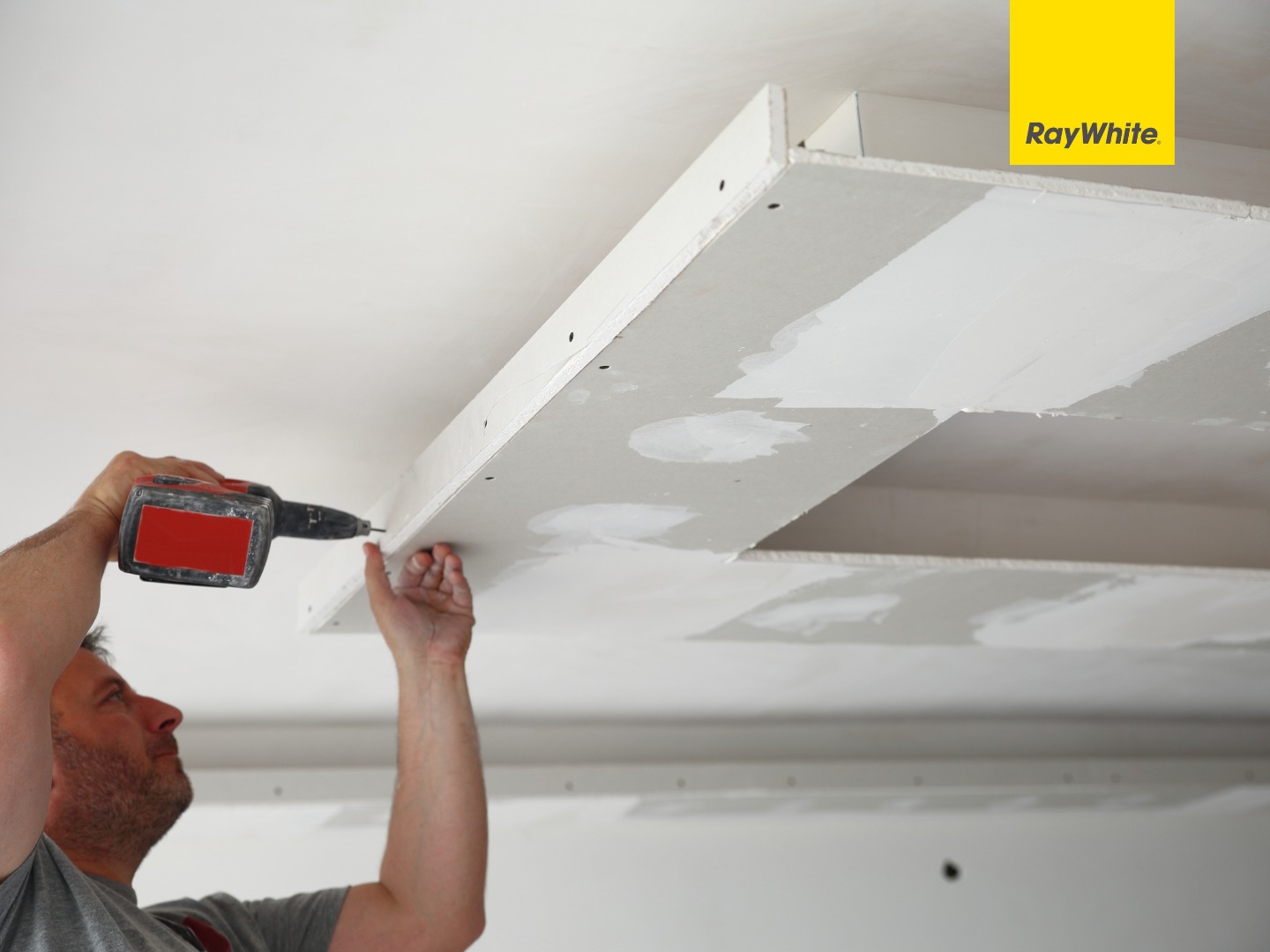The term 'drywall' often conjures thoughts of 'dry walls.' However, in reality, drywall refers to gypsum or gypsum boards, prevalent materials used extensively within interiors, serving as walls in rooms, partitions in museums or galleries, office cubicles, and more. For those intrigued by the prospects of utilizing drywall in their spaces, a comprehensive guide follows.
What Constitutes Drywall?
According to Tokban, on Friday (24/11/2023), drywall constitutes a thin board crafted from gypsum, functioning as a wall material in construction. Its widespread usage primarily centers around creating dry walls, owing to its installation process devoid of water, hence earning its moniker 'drywall.'

Characteristics and Dimensions of Drywall
Post understanding its fundamental composition, here's a delineation of the characteristics and dimensions synonymous with drywall.
- A Dry Medium: Distinct from the cement or moist materials required for bricks, drywall or gypsum boards present a dry construction material. This attribute simplifies installation, rendering it a neater process.
- Featherlight: Renowned for its featherweight attributes, gypsum surpasses brick stacks in ease of maneuverability. In vertical structures such as hotels, apartments, or offices, gypsum boards present an optimal solution for wall constructions, facilitating room additions or partitions.
- Thermal Resistance and Fire Retardancy: Gypsum boasts commendable heat resistance, allowing spaces exposed to sunlight to maintain controlled temperatures. Furthermore, these boards typically demonstrate fire-resistant properties, albeit variations exist among product types.
- Eco-Friendly Nature: Gypsum qualifies as an eco-friendly material due to its recyclable nature and absence of water usage in production.
- Versatility in Application: Gypsum panels exhibit flexibility in their application, offering the ability to tailor sizes to accommodate designated spaces.
Market variations in drywall materials span thin sheet sizes from approximately 1.22 x 2.24 meters to sizes reaching 4 meters, with varying thicknesses, including 4 mm, 6 mm, 9 mm, 10 cm, and beyond.

Advantages of Drywall: An Overview
Referencing Sobat Bangun, on Friday (24/11/2023), an enumeration of drywall's advantageous attributes unfolds.
- Efficient Time and Labor Savings during Installation.
- Cost-Efficiency in Pricing.
- Impeccable Installation Yielding Neat Results in Contrast to Brick Walls.
- Eco-Conscious Product owing to Minimal Water Utilization.
- Functionality as Covering for Brick or Concrete Wals.
- Heat Deflection Capabilities on Installed Sides into Spaces.
- Resilience against Waviness and Cracks Compared to Brick Walls.
- Facilitation of Room Additions or Vertical Building Partitions.
- Enhanced Earthquake Safety in Comparison to Brick Walls.
- Simplified Maintenance and Fire & Heat Resistance
Drawbacks and Considerations
Despite its merits, several shortcomings warrant consideration:
- Technical Expertise Essential for Precise Installation Despite Ease.
- Standard Drywall's Inferior Water Resistance vis-à-vis Brick Walls, Advising Against Use in Water-Prone Areas.
- Soundproofing Absence in Conventional Gypsum Panels; Select Types Offer Such Features.
- Varying Durability Levels across Different Gypsum Boards.
- Susceptibility to Dullness and Soiling sans Protective Coating like Paint or Wallpaper.
“Ray White Menteng, Your Best Property Agency Since 1998”
